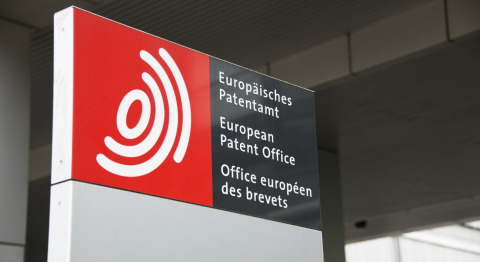Overview
The Unitary Patent system (also known as the European patent with unitary effect) was introduced to create a streamlined patent protection mechanism across participating European Union (EU) member states. Supported by Regulation (EU) No 1257/2012 and Regulation (EU) No 1260/2012, as well as the Agreement on a Unified Patent Court (UPC), this system officially entered into force on June 1, 2023. By filing a European patent through the European Patent Office (EPO) and subsequently requesting unitary effect, patent proprietors can enjoy uniform protection and enforcement in all participating EU countries, reducing administrative burdens.
The Unitary Patent coexists with existing national patent systems and the traditional European patent bundle validation system. Once granted by the EPO and registered for unitary protection, the Unitary Patent is administered centrally, with renewal fees paid annually to the EPO.
EU Member States
The following 18 EU member states currently participate in the Unitary Patent system: Austria, Belgium, Bulgaria, Denmark, Estonia, Finland, France, Germany, Italy, Latvia, Lithuania, Luxembourg, Malta, the Netherlands, Portugal, Romania, Slovenia, and Sweden.
Other EU countries may join the system upon ratifying the UPC Agreement. The Unitary Patent operates alongside existing national systems and the traditional European patent system.


This information does not constitute legal advice; it is for informational purposes only.
Effective since June 1, 2023, the Unitary Patent introduces a new way to obtain patent protection across much of the EU with a single application.
To help make sense of this important change, we've put together a clear and practical guide, with key differences compared to the traditional European patent and practical considerations for applicants and rights holders.
This publication is available in three language editions: English, Portuguese and Chinese.
